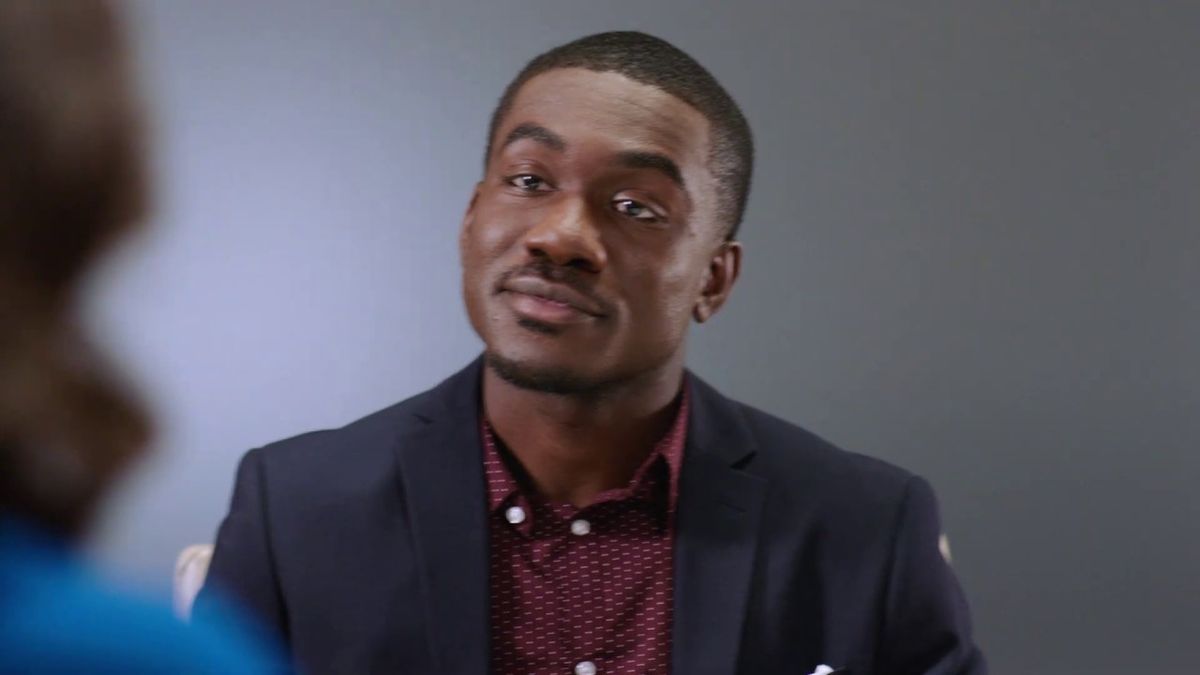Meaningful work. Challenging engagements. A chance to make an impact. Watch the video above to learn more about Deloitte, our culture and see if a career within the organization may be right for you.
If you're interested, click here to see all available opportunities at Deloitte and don't forget to press 'Follow' to receive custom job matches, event invitations and more!
You may also like View more articles
A look at our 2024 Empower Her summit
Apr 05, 2024
What Diverse Talent Wants in 2024
Feb 09, 2024
Open jobs See all jobs


